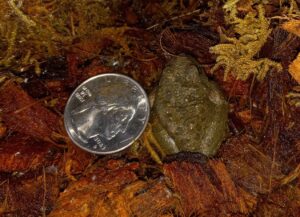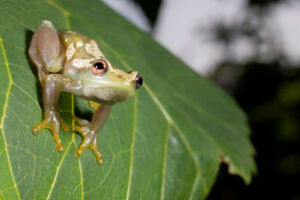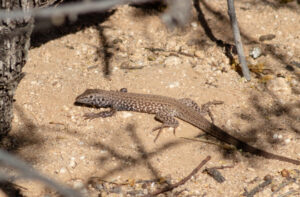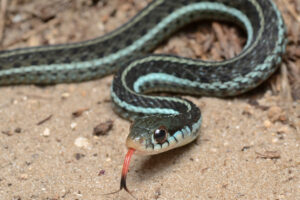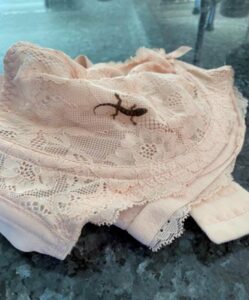Amphibians have been much on our minds recently here at RARN.
The first story, dating from a few months back, is that of the newly-designated Kermit frog. This is, alas, not a creature we 21st-century folk will ever actually stumble across. What was discovered is actually a frog's fossilized skull, 270 million years old, with a "cartoonishly wide-eyed face" that reminded researchers of everyone's favorite Muppet, Kermit the Frog. While the fossil of the proto-amphibian was excavated in Texas quite some time ago, it was only "rediscovered" in 2021 by a scientist doing his digging in the archives of the Smithsonian! The researchers came up with the iconic name, Kermitops granus, as a way to connect the modern public with the work of paleontologists. Good job!
Our second saga concerns the annual Frog Jumping Jubilee, held with much fanfare in the charming Gold Rush town of Angels Camp, California. 2024's contest was won by The Frog Father, which was encouraged (but not browbeaten) by its sponsor Lillian Fasano to finish with a record-nearing triple jump totaling 20' 5 ½"! This contest, going back many decades, was spawned by the story "The Celebrated Jumping Frog of Calaveras County" by America's great author and satirist, Mark Twain. The success of the short story (published in 1865 during Twain's stay in the Mother Lode country) is credited with jump-starting (pardon the pun) Twain's career as writer and orator. Though the event is not without its controversies—many are skeptical of the exploitative nature of the contest—it is much less hard on the frogs than in Twain's tall tale!
And finally, on an up-close-and-personal note: just this week, a wee froggie (that's him or her in the photo) came to us at RARN. It was rescued by a kind fellow in Hollywood who happened to spot this cute-as-the-Dickens interloper near his fig tree and brought it to us. Our sharp-eyed president quickly identified the thumbnail-sized creature as an invasive species: a Cuban tree frog. After a bit of research, we found out that these guys have been spotted all over the place in Los Angeles, along with other tourist herps that are also apparently trying to make their Hollywood dreams come true. We will be on the lookout for more of these creatures! (And maybe you should too!)
